Where you record audio matters a lot, that’s why the top music productions pass through professional studios designed by sound engineers. But what if you record at home? Do you fancy the idea of microphone isolation? And do microphone isolation shields work?
Microphone isolation shields do work and reduce as much as 80% of reflected sound waves from entering the microphone. It is an invaluable solution for those who cannot build a professional studio or a room dedicated to recording audio.
Most parts of this article will discuss the functions of mic isolation and a few other questions related to audio isolation in general.
What Does A Microphone Isolation Shield Do?
A microphone isolation shield is a compartment or shield you see placed around a microphone. It is used to block all unwanted sound or noise inside your room.
Microphone isolation shields are crucial because they provide a better environment for the microphone to produce good sound quality. It’s mainly used for voice work from singers, artists, and podcasters. In addition, some producers will use it to record instruments.
The main reason microphone isolations are so perfect at eliminating audio is their design. There are two main options for isolation shields:
- The U-shaped shield (open top)
- The compartment shield (closed top)
- Eyeball shield (round dome encasing the mic)
All these designs are great at isolating sound, but each has its specific functions.
U-Shaped – Open Top
The open-top, U-shaped design sits behind the microphone, stretching a few inches from the left to right side of the filter. Due to its open design, some room acoustics will still be present and sometimes improve sound quality.
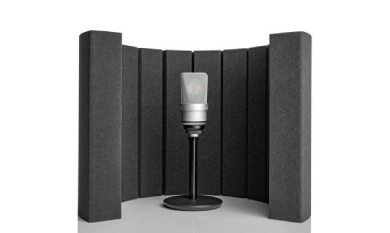
Ultimately, the overall quality of the sound will be determined by a combination of the room acoustics, the voice of the person, and the microphone being used.
Compartment Shield – Closed Top
The closed type isolation shield completely cuts off the microphone on all sides, allowing one open side. This brings in a more “dead” sound which can be beneficial or “too dry,” depending on what results you want.

Eyeball Shield
The eyeball shield encases the entire microphone leaving a small opening to sing into. This eliminates many external sounds and does a great job at reducing reverberation while taking up as little space as possible.

Are Sound Shields Worth It?
Despite knowing the advantages of microphone isolation shields, you might wonder if they could really make an excellent sounding recording. So, are sound shields worth it?
Definitely.
Many professionals hop on to sound shields when they’re in a room with no acoustic treatment. A low-sensitivity dynamic range microphone works best in such scenarios and produces good results in large rooms with possible noise and reverb.
It is easy to notice the difference if you hear a recording with and without a sound shield. Even if it is cheap and you’d probably spend less than $100, sound shields are effective for on-the-fly recording.
It is much easier to edit audio recorded in a microphone isolation shield than in an untreated room with no shield at all.
How Should You Use a Mic Isolation Shield?
Microphone shields are generally helpful when you place them correctly in relation to your distance.
The type of microphone matters as you need to choose between a condenser mic or a dynamic mic. The size of the isolation shield is important to know how much of the background noise it can reflect or absorb.
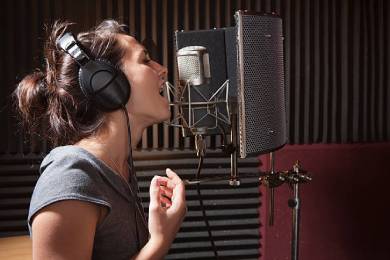
Considering the above, you should stand at least 6 inches away from the microphone so that you can maximize the microphone absorbing your voice. You can use a microphone stand and adjust it based on the singer’s height if you are standing.
Knowing how far the microphone stands from the shield is also crucial. Again, it will depend on the vibrance of the recording artist.
The closer the shield is to the mic, the higher the pop sounds you’ll hear. On the other hand, increasing the distance gives you a better sound quality but may also capture outside noise more. So, you’ll need to do a few tests before finding the proper acoustics.
Are Isolation Shields and Sound Booths the Same?
Despite mic isolation shields having an excellent sound isolation property, you cannot confuse microphone isolation shields with sound booths. The latter is a whole room packed with soundproofing materials and acoustic treatment commonly used in recording studios.
But, perhaps there is a slight similarity in how they perform.
Sound booths are perfect for audio engineers and enthusiasts if you have a noisy area with lots of background sounds. Sound booths typically reduce 30dB of sound, better than any isolation shield on the market.
Sound booths provide the perfect environment to record high audio, which can be manipulated to sound better. The sound booth’s work is mainly to reduce sound leaking from inside the booth, which is also a good thing not to disturb the neighbors.
While sound booths provide the proper acoustics for perfect recording, mic isolation shields are not far off. They may lack the ability to prevent sound leaks but are effective if you don’t have the space for an entire room. With a bit of DIY soundproofing and a sound isolation shield, you can achieve similar recording qualities with sound booths.
But both shields record good sound quality, and the final render depends on how well you cut out:
- Echo
- Reflections
- Reverberations
- Standing waves
- Flatter
- And anything else that affects your recordings
Summary
Now that you know how microphone isolations work, we can conclude that they are worth trying out. Of course, how good depends on plenty of reasons, including the type of microphone, acoustics of the room, quality of sound shield, and more.
However, it is not necessarily the must-go-to alternative for audio recording and would definitely have fair competition from a professional sound booth.
So, do microphone isolations work? Yes, microphone isolation shields are the best choice for music enthusiasts and those who do audio recording at home. Professionals would also find sound isolation shields useful as it saves a lot of space and time when away from the studio.
Ultimately, if you have the space and budget for a sound booth, you can set it up, but microphone isolation comes in handy when you have a less-than-ideal recording environment.
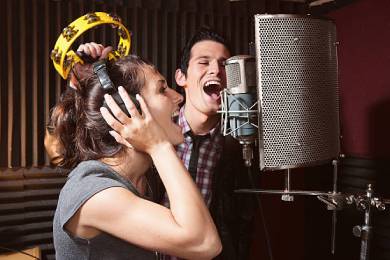
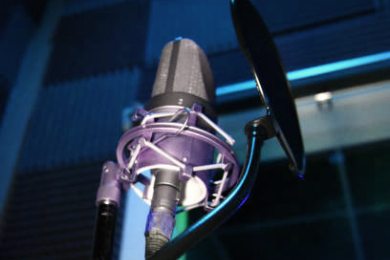
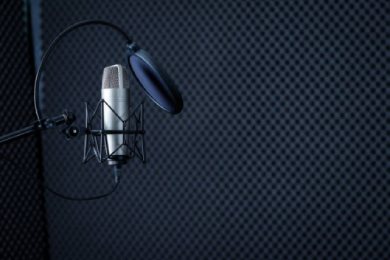
1 thought on “Do Microphone Isolation Shields Work?”
Comments are closed.